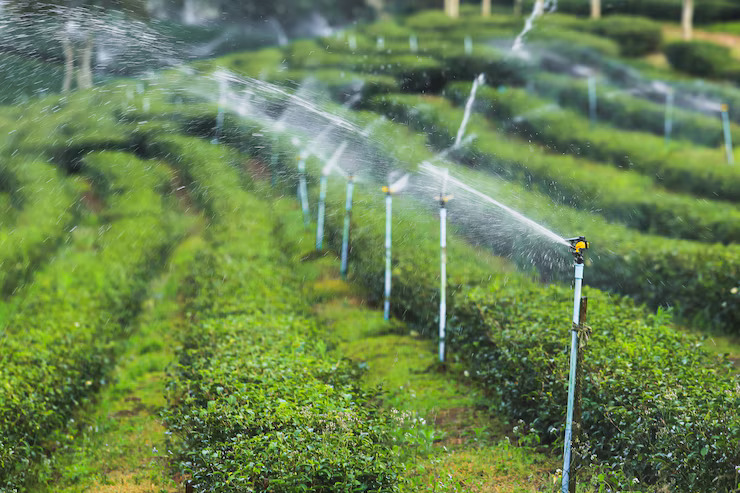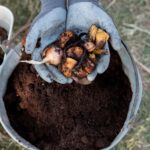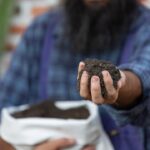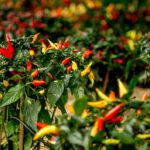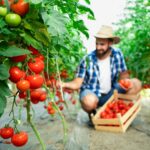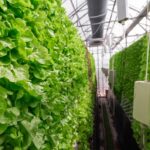Farming in water-scarce areas presents a unique challenge, especially as climate change intensifies droughts and reduces rainfall reliability. For farmers in arid and semi-arid regions, choosing the right irrigation system is crucial for maintaining crop productivity while conserving water. Fortunately, advances in irrigation technology have made it possible to achieve high yields with minimal water use. Here’s a guide to the best irrigation systems for water-scarce areas and how they can transform dryland farming into a sustainable enterprise.
Drip irrigation is widely considered the most water-efficient irrigation system available today. This method delivers water directly to the root zone of each plant through a network of emitters, tubing, and filters. Because water is applied slowly and precisely, evaporation and runoff are greatly reduced. Drip systems can save up to 60% more water compared to traditional overhead methods. They are ideal for vegetables, fruit trees, and row crops, especially where water availability is limited. Although the initial setup cost can be high, the long-term savings in water and increased crop yields often outweigh the investment.
Sprinkler irrigation, while less efficient than drip systems, is still a valuable option for water-scarce regions when managed properly. Sprinklers distribute water through nozzles in a manner that mimics rainfall. Modern low-pressure, low-volume sprinkler systems can reduce water use and are suitable for cereals, pastures, and even orchards. Center pivots and lateral move systems are efficient on large farms, but smaller portable sprinklers or fixed systems are also available for smallholders. Farmers should operate sprinklers during early morning or late evening to minimize water loss from evaporation.
Subsurface drip irrigation (SDI) is an advanced version of the drip system where the emitters are buried below the soil surface. This eliminates evaporation entirely and delivers water directly to the plant roots. SDI is particularly effective in sandy soils and hot, dry climates. Although installation is more complex and requires careful maintenance to prevent clogging, the water savings and yield benefits are significant for high-value crops like tomatoes, onions, and melons.
Manual irrigation systems such as clay pot irrigation or pitcher irrigation are traditional yet effective for small-scale farming in dry areas. In this method, porous clay pots are buried near the plant roots and filled with water, which slowly seeps into the soil. This ultra-low-cost solution is ideal for home gardens or small vegetable plots where resources are extremely limited. It’s easy to maintain and requires no external power source.
Rainwater harvesting is not an irrigation system by itself, but it plays a critical role in water management. Farmers in water-scarce areas can collect and store rainwater from rooftops or catchment areas during the rainy season. The harvested water can then be used for supplemental irrigation during dry spells. When combined with drip or manual systems, rainwater harvesting significantly extends the availability of water throughout the growing season.
Mulching complements irrigation systems by reducing evaporation and keeping the soil moist for longer periods. Organic materials like straw, leaves, or grass clippings are spread around the base of plants to retain moisture, suppress weeds, and improve soil health. When used alongside efficient irrigation, mulching enhances water conservation and improves crop resilience.
Smart irrigation technologies are also emerging as game-changers. These systems use soil moisture sensors, weather data, and automated controls to deliver water only when and where it’s needed. Although more common in commercial farms, low-cost versions are becoming accessible to smallholders. They reduce water waste, lower labor costs, and improve irrigation precision.
Selecting the best irrigation system depends on several factors including farm size, soil type, crop type, budget, and access to water and electricity. For many farmers in water-scarce regions, combining several methods—like drip irrigation with mulching and rainwater harvesting—can produce the best results.
Water scarcity doesn’t have to limit agricultural productivity. With the right irrigation strategy, farmers can thrive even in the driest conditions. Investing in efficient irrigation not only ensures food security but also promotes sustainable land use and resilience in the face of climate uncertainty.
Join 'Farmers Mag' WhatsApp Channel
Get the latest Farming news and tips delivered straight to your WhatsApp
CLICK HERE TO JOIN
